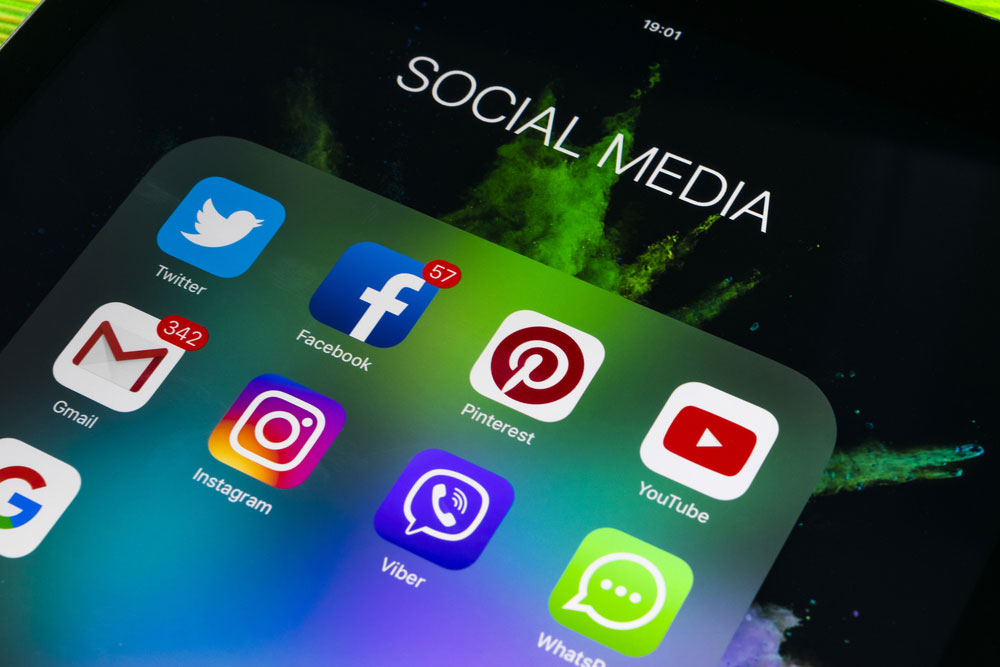With all the doom-and-gloom talk about recession, depression, skyrocketing unemployment, not to mention mass contamination and the deaths of thousands of seniors, little is said about large corporations that are doing well during these difficult times. So, who are the winners and losers?
Obvious losers have been retailers, restaurants, gyms, and any business involved in tourism, leisure, sports, entertainment, air travel and personal services. The common denominator with most players in this group is their small size – the SME’s (small and medium size business) which generate 2/3 of employment but only 1/3 of our GDP.
The winners? Include grocery and drug retailers, pharmaceuticals, consumer package goods manufacturers, the telecoms, and companies involved in e-commerce, logistics, technology, medical supplies, and financial services. These winners are such companies as Walmart, Costco, Loblaws, Shoppers Drug Mart, Sobeys, Metro, Bell, ROGERS, and Telus. They are also UPS, FEDEX, Nestle, Campbell, Kraft, General Mills, Proctor & Gamble, and let us not forget the big banks.
The common denominator among all of them is that they are large corporations. This is no criticism. Many of these companies faced challenges to stay open and helped us navigate through exceedingly difficult times. Several have also gone beyond the call of duty to change their manufacturing lines and processes, enforce restrictions of social distancing, and donate products and funds. Indeed, they have been supportive and have demonstrated good corporate citizenship.
There is also another group of companies – again, big ones – that have done very well through all this. They are in the business of social media, technology, and e-commerce. This list includes Amazon, Alphabet (parent of Google), Gmail, YouTube, Android, Facebook, Instagram – Messenger - WhatsApp, Netflix, Twitter, Microsoft, and Apple. All have enjoyed a booming business, to say the least, during the past weeks of public fear, anxiety, and stress.
Here are some numbers to digest. Apple and Alphabet each have each market capitalization in excess of $1 trillion and over $100 billion in cash. To put these numbers into perspective, the Swiss (8 million population) need to work almost two years to make the market value of Apple which is $1.2 trillion (Switzerland’s GDP is $700 billion), while the Swedes (10 million population) need to work even harder to make the market value of Alphabet which is $1.2 trillion (Sweden’s GDP is $550 billion).
Meanwhile, Facebook has a market capitalization of $570 billion which is more than the GDP of Portugal and Greece combined! And did you know that advertising represents over 90% of Facebook’s revenues and 85% of Google’s?
Where am I going with all this? Consider that six mass media corporations – Warner Media, News Corp., Disney, Viacom, Bertelsmann, and LA Gardere – and a handful of billionaires dominate the global media industry. The word ‘oligopoly’ defines what happens when you have concentration of ownership, and a specific market dominated by a precious few. So, today we have an oligopoly in mass media. In addition to these corporations, social media companies have joined the exclusive club of individuals and corporations that control the mass media.
While social media companies promote their ‘free’ service to have us join, they have compiled impressive amounts of personal information to help them sell advertising. In the old economy, advertising with radio, TV and print relied on viewership classified according to interest. In the new economy, advertising uses detailed personal information to improve targeting of the consumer and to deliver tangible results that can be quantified and measured. This means that advertising becomes very efficient.
As traditional readers, watchers and listeners move to the world of ‘free’ social media, the line separating professional reporting of the news and entertainment has blurred, if not, disappeared. Freedom of press has been lost in the battle for advertising dollars, and integrity and neutrality have been largely eliminated.
All mass media companies aim for increased viewership, increased revenues, and more efficient operations which translate into exceptional profitability. At the same time, the line between news and entertainment is less defined. Membership in this new club not only generates attractive profits but attracts biased political views, which is a diplomatic way to describe influencing and manipulating public opinion.
While social media can keep people connected and informed, it has also developed into a huge influencer and manipulator of public opinion and social behaviour. Hopefully the “stay-home” restriction will help us re-evaluate our priorities and focus on what matters instead of being led by advertisers to buy what we don’t need with money we don’t have to impress people who don’t really care.



